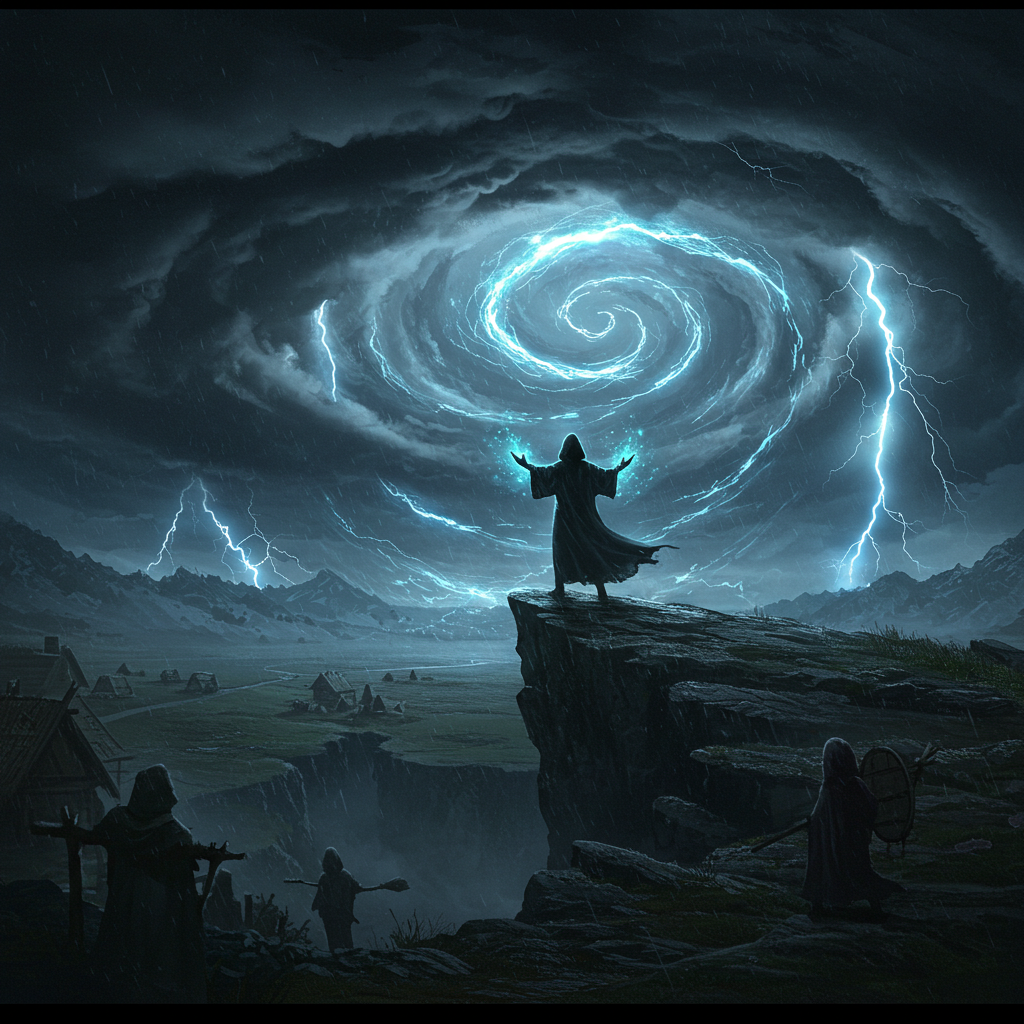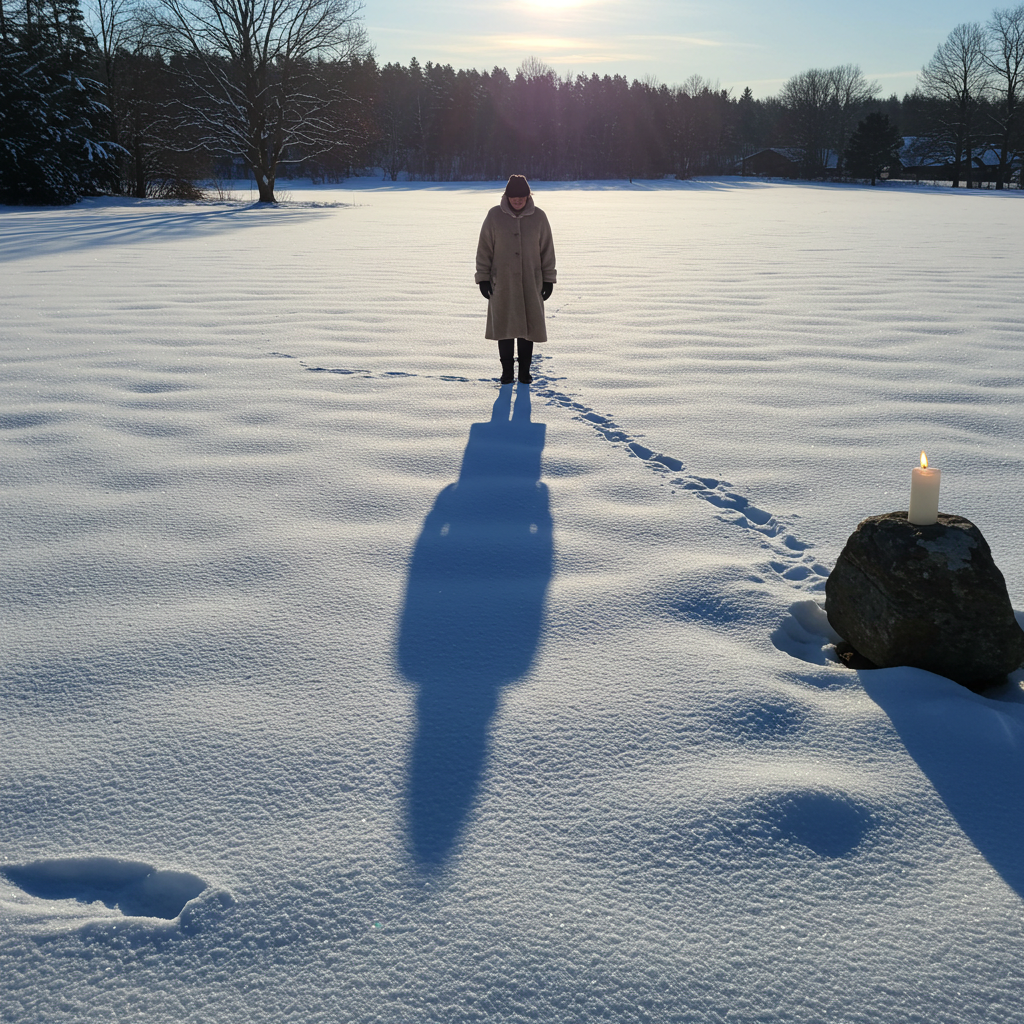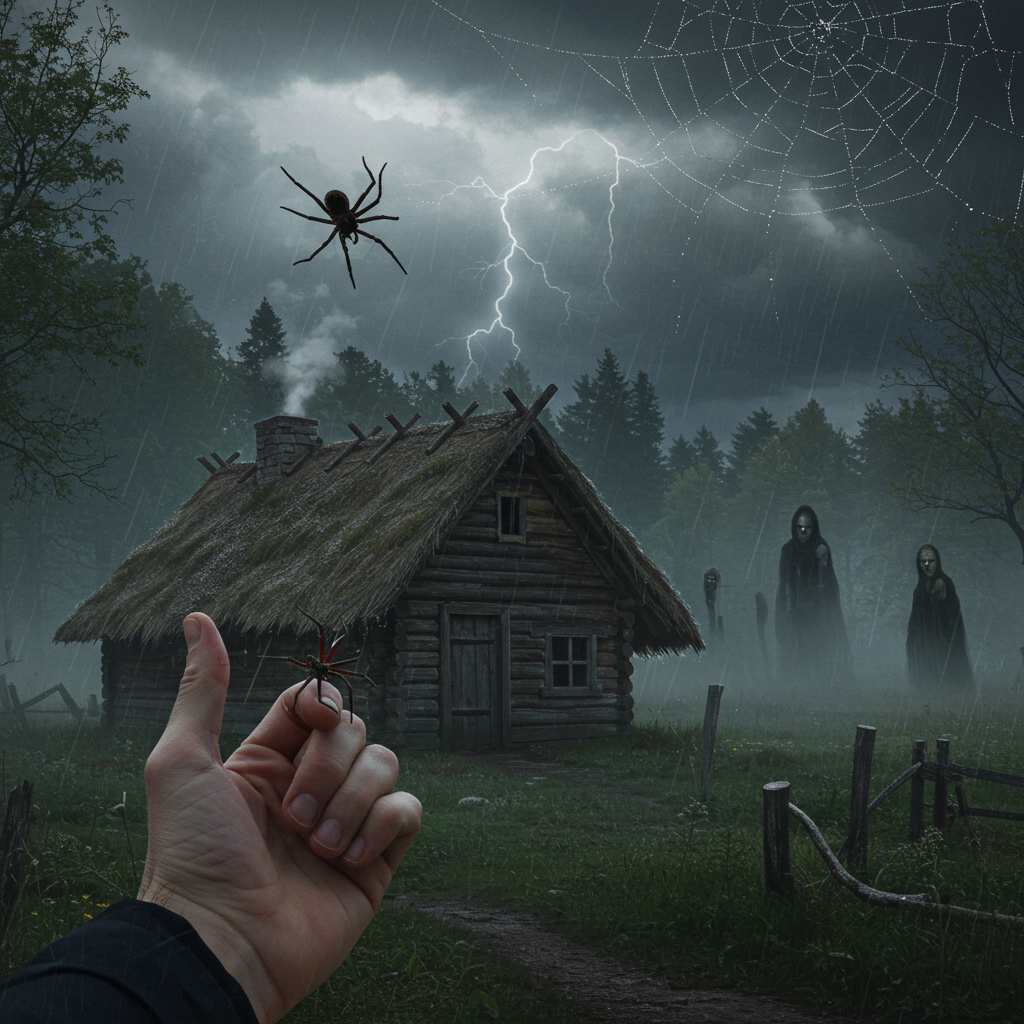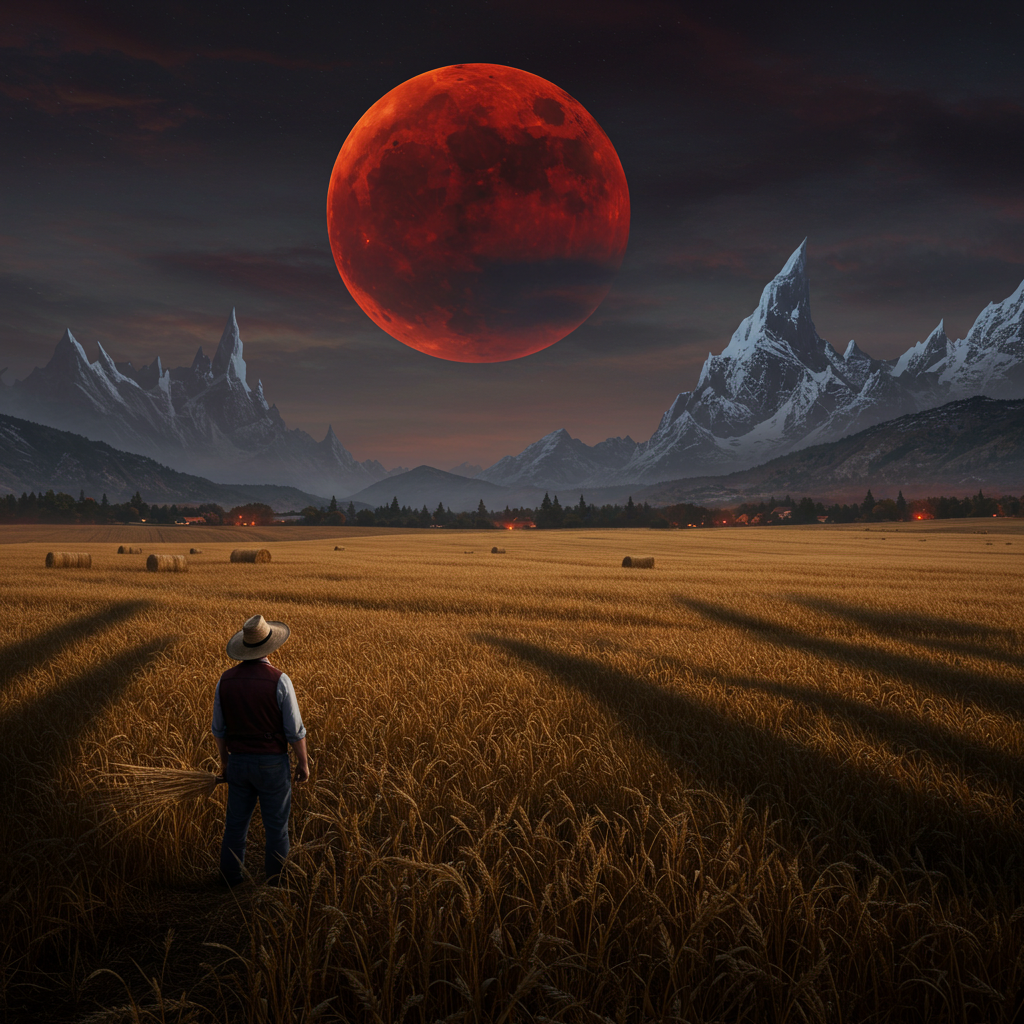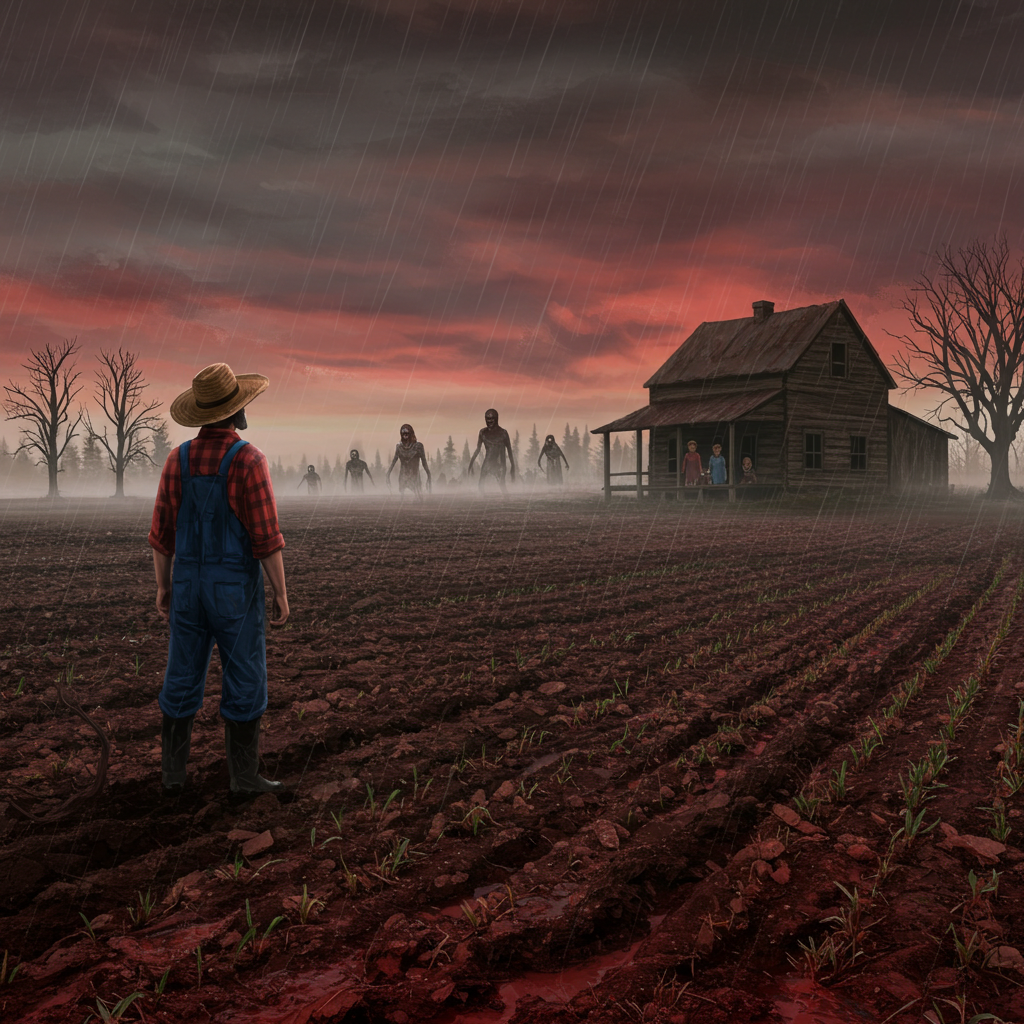According to belief systems widespread throughout Europe and other agrarian societies, witches were feared not only for their alleged personal magic but for their supposed ability to manipulate natural forces—particularly the weather. Communities believed that individuals accused of witchcraft could summon hailstorms to destroy crops, conjure lightning to strike buildings, prolong droughts that withered farmland, or generate unseasonable cold snaps that ruined harvests. These destructive acts were thought to be achieved through rituals involving symbolic objects (such as brooms, cauldrons, or animal parts), incantations, or assistance from demonic familiars.
Weather control was among the most serious accusations because it affected entire villages and regions. The belief often specified that witches would hold secret ceremonies at crossroads, mountaintops, or near water bodies to manipulate wind and rain. In some traditions, witches were thought to “tie up” the wind in knots on ropes or “milk” storm clouds like cows.
